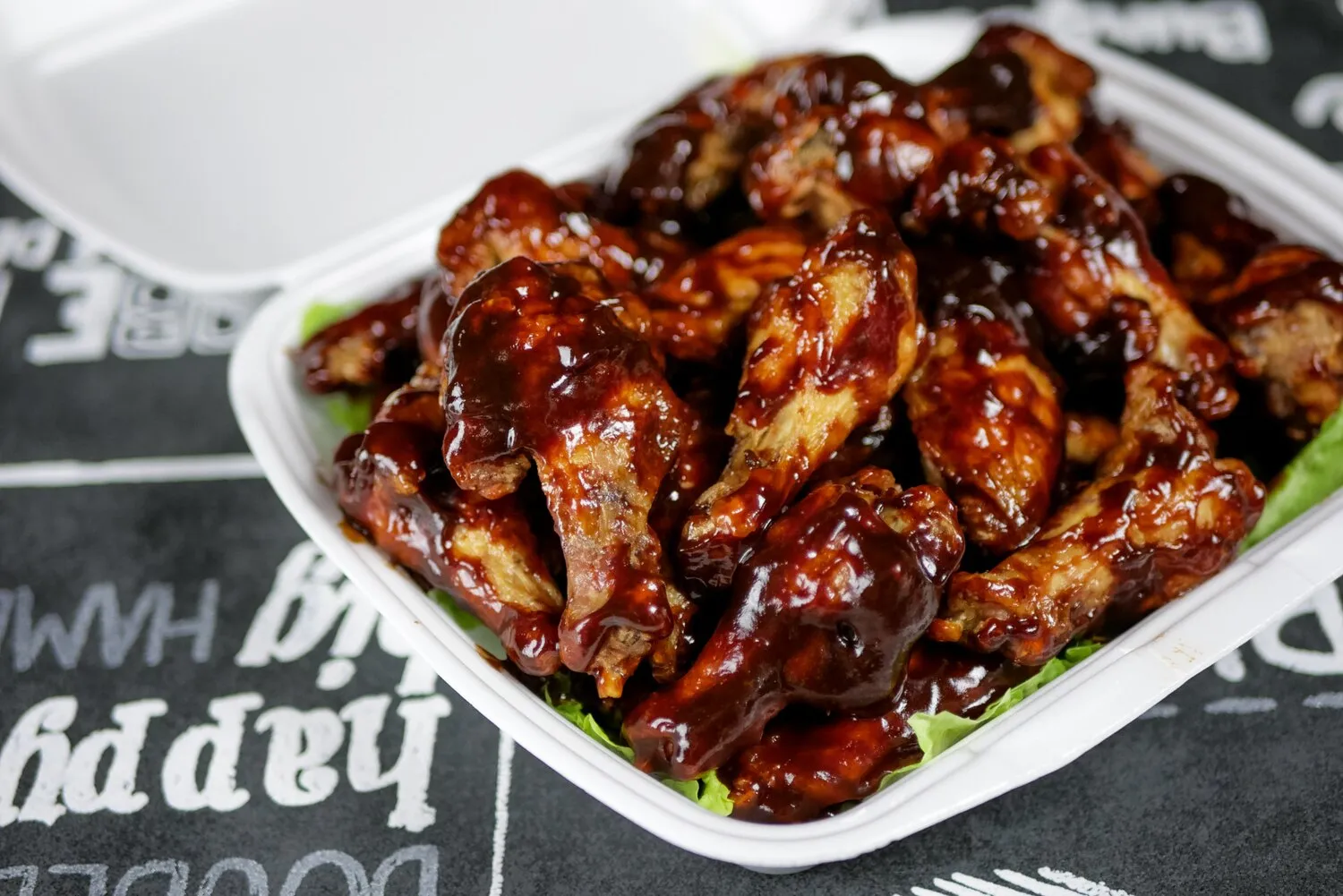
Bone Marrow
Roasted bone marrow, chimichurri, grilled bread.
Nutrition Facts
* The % Daily Value (DV) tells you how much a nutrient in a serving of food contributes to a daily diet. 2,000 calories a day is used for general nutrition advice.
Consuming bone marrow dates back to prehistoric times, representing a crucial source of nutrients for early humans. Throughout history, various cultures have developed their own methods for preparing and enjoying bone marrow, ranging from simple roasting over open fires to more refined culinary techniques. The use of chimichurri, an Argentinian sauce, is a relatively modern addition, demonstrating culinary fusion.
Bone marrow, in its various preparations, is often viewed as a delicacy and a celebratory dish in many cultures, symbolizing richness, sustenance, and connection to ancestral practices of utilizing the entire animal.
Culinary Appreciation
In many high-end restaurants, roasted bone marrow is a featured appetizer, reflecting a growing appreciation for nose-to-tail dining and the utilization of less common cuts of meat.
Traditional Significance
In some cultures, bone marrow is traditionally used in broths and soups, believed to provide nourishment and healing properties.
Social Dining Experience
The communal nature of sharing bone marrow, scooping it out with spoons or spreading it on bread, often makes it a dish enjoyed amongst friends and family.
Rich, savory, and intensely umami, roasted bone marrow offers a decadent flavor experience complemented by the bright, herbaceous chimichurri and the satisfying crunch of crusty bread.
The bone marrow itself is incredibly rich and fatty, providing a deep, meaty flavor. Roasting brings out its nutty notes. The chimichurri offers a contrasting brightness with its blend of parsley, oregano, garlic, olive oil, and vinegar, cutting through the richness of the marrow. Crusty bread serves as the perfect vehicle for scooping out the marrow and soaking up the chimichurri, adding textural contrast and a blank canvas to taste the two main flavours.
Sourcing Quality Bones
Obtain marrow bones from a reputable butcher who sources from grass-fed animals, as the quality of the bone marrow is directly related to the animal's diet. Ask for femurs or shins cut into 2-3 inch sections.
Soaking the Bones (Optional)
Soaking the bones in cold, salted water for 12-24 hours, changing the water frequently, can help draw out any impurities and result in a cleaner flavor. This step is debated, some chefs recommend it, others find it unnecessary.
Roasting Temperature and Time
Roast the bones at a high temperature (around 400-450°F or 200-230°C) for approximately 15-25 minutes, or until the marrow is soft and slightly pulling away from the bone. Avoid overcooking, as this can cause the marrow to melt away completely.
Chimichurri Preparation
Make the chimichurri ahead of time to allow the flavors to meld. Adjust the amount of chili flakes to your desired level of spiciness. Fresh herbs are crucial for the best flavor.
Serving Suggestions
Serve the roasted bone marrow immediately while it's hot and the marrow is still soft. Accompany it with toasted crusty bread, crostini, or even crackers. A sprinkle of flaky sea salt can further enhance the flavor.
Explore additional Appetizers dishes and restaurants
Explore AppetizersDiscover top dining spots and culinary experiences in Washington.
Explore WashingtonLearn more about the food culture, restaurant scene, and culinary heritage of United States.
Explore United States